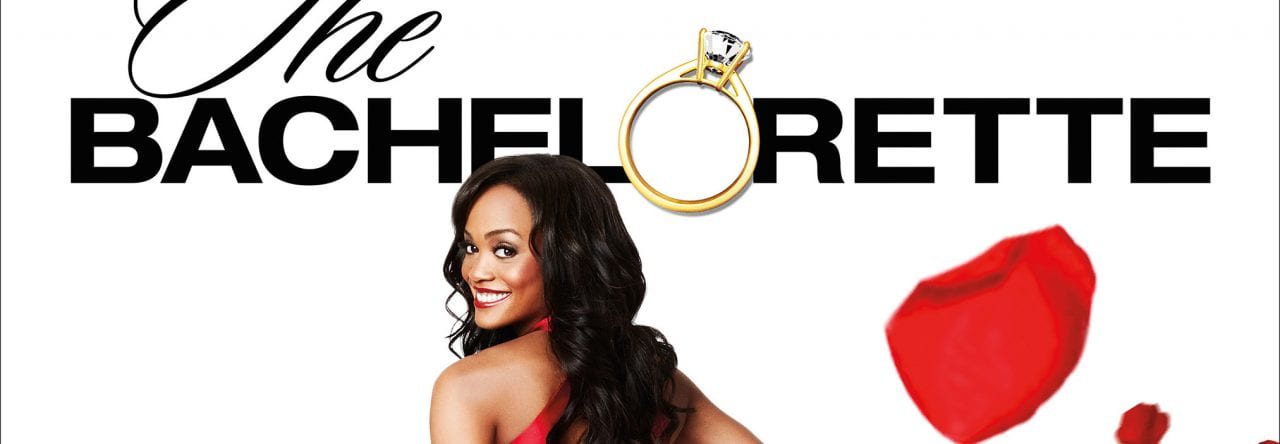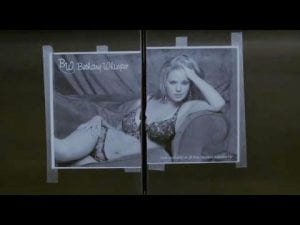Annotated Bibliography
1. Allen, Craig. “Gender Breakthrough Fit for a Focus Group: The First Women Newscasters and Why they Arrived in Local TV News.” Journalism History, vol. 28, no. 4, 2003, pp. 154-162. ProQuest, http://prx.library.gatech.edu/login?url=https://search.proquest.com/docview/205353743?accountid=11107.
In this article, Allen focuses both on the progression of the representation of women in newscasting history and also on why that progression occurred. The preconception would be that women came into the broadcasting field due to key women that paved the way. On the contrary, Allen proves through his historical studies that the initial women in news television were actually not as noteworthy as would be expected. The real reason that females started to gain headway into the industry was the broadcasting magnates did their own research. Through study groups and surveys, it was determined that the general public wanted a female figure on their TV’s.
This kind of article that is based purely on history and factual information is hard to poke holes in. By adding the names of the firm that first began to use focus groups; McHugh and Hoffman, Allen’s postulation is further proven. The source cites several specific notes from broadcasting groups that indicate their reasoning behind hiring female anchors, such as that women added a “friendly and comfortable” aspect to television. The idea that the women were not hired, initially, purely based on expertise or from a big-name female trailblazer provides insight into the role of female broadcasters in the present day.
*not peer reviewed
2. Baitinger, Gail. “Meet the Press or Meet the Men? Examining Women’s Presence in American News Media.” Political Research Quarterly, vol. 68, no. 3, 2015, pp. 579-592. ProQuest, http://prx.library.gatech.edu/login?url=https://search.proquest.com/docview/1706180070?accountid=11107.
Baitinger bases her study on the fact that previous studies have shown that in a perfectly rational world, sex would have no influence on reporting. Yet, there still are less women in news media than men (media being more general and including television). Baitinger cites the male female difference to be an ever-present result of the past. Since the advent of mass media, men have held the majority professional roles and that continues into this day, albeit to a lesser extent. Baitinger’s specific study looked at Sunday broadcasts during Obama’s presidency. She found that there are less women represented which is partly suggested to be due to the greater number of men in politics that would be weighing in on Obama’s presidency. The study’ conclusion is that a lack of women on a political talk show is not inherently due to sexist TV companies but more to the overarching idea of a patriarchy.
The study is important due to the fact that is also analyzes other factors, such as the gender makeup of politics, to be part of the reason for a lack of a female voice. Also, Baitinger adds the aspect of politics and talk shows to the debate on women in TV.
3. Hetsroni, Amir, and Hila Lowenstein. “Is She an Expert Or just a Woman? Gender Differences in the Presentation of Experts in TV Talk shows.” Sex Roles, vol. 70, no. 9-10, 2014, pp. 376-386. ProQuest, http://prx.library.gatech.edu/login?url=https://search.proquest.com/docview/1531890816?accountid=11107, doi:http://dx.doi.org/10.1007/s11199-014-0370-z.
Hetsroni and Lowenstein’s study is based upon talk shows in Israel and looks into the male: female ratio presented. Through observation, there were more male experts and less females. The topics discussed among the two genders also showed differences. Men tended to reflect more on “politics and economy.” While women, on the other hand were more likely to be given the bits pertaining to the more domestic sphere, such as the family and personal care. This article seeks to test the common feminist idea that an absence of women in these expert level positions on television also helps to propagate the misconception of women being intellectually inferior. Hetsroni and Lowenstein make the case that television is often a tool used to spread new ideas rather than a mirror reflecting the current societal ideology. Therefore, the presence of female commentators is important to the feminist cause.
This idea that television is a tool for societal change and influence is very impactful. Also, a study that has enumerated how women are presented in an intellectual context shows more about the presence of women within that field, rather than focusing on the fictional TV show side of gender representation on television.
4. Mudrick, Michael, et al. “Sportscasting Success: Varying Standards may Apply.”Journal of Sports Media, vol. 13, no. 1, 2018, pp. 49-73. ProQuest, http://prx.library.gatech.edu/login?url=https://search.proquest.com/docview/2056814931?accountid=11107.
Mudrick began this study based on the idea and observation that women are less likely to be seen as sports commentators than men. He then postulates that this creates a kind of feedback loop: less women as sports casters means that they will be given this credibility in the field and then less likely to be a broadcaster and so on. The study specifically found that when individuals watched a post basketball game debate, viewers (disregarding their gender) saw the female commentator as having “trustworthiness” and the male having “greater sport-related expertise”. While there is no physical barrier to female sportscasters, the sports field is more associated with men, especially since the most heavily televised sports are male sports. As such, the female broadcasters that are represented are not given the same immediate assumption that they know what they’re talking about. Women tend to have the roles of mediators rather than contributors in these televised athletic discussions.
This article sets the stage for the argument that women must also be given the same standing as their male counterparts even in the sports broadcasting field. The study could be slightly skewed in that they didn’t consider how the results would be affected if a female sporting event was covered.
5. Pratt, Angela N., et al. “Perceptions of Credibility and Likeability in Broadcast Commentators of Women’s Sports.” Journal of Sports Media, vol. 13, no. 1, 2018, pp. 75-97. ProQuest, http://prx.library.gatech.edu/login?url=https://search.proquest.com/docview/2056815678?accountid=11107.
Pratt begins her article with the mention of Social Identity Theory. She then goes on to discuss her methodology which included college students watching male and female reporters commentate on traditionally female sports. The idea was to look into people’s conceptions of the sportscasters in terms of likeability and credibility. In conclusion, the study found that in their test groups, students found the female broadcasters to be more likeable and trustworthy. Pratt then circles back to the Social Identity Theory to attempt an explanation, saying that people to relate more strongly to those perceived as similar to them, in this case in terms of gender. Additionally, attractiveness (participants didn’t differ widely in saying that the female sportscaster was more attractive) was postulated to part of the reason the woman was more trustworthy.
This study is interesting in that while women were shown to be more likeable and credible, the underlying reasons behind that are questionable. Bringing up the Social Identity Theory (SIT) adds an additional layer of credibility. It is also a good reason for broadcasting companies to have their hosts be from various walks of life. Pratt’s discussion of SIT and attractiveness as reasons for trustworthiness are important pieces of any study on gender representation within TV broadcasting.
6. Staurowsky, Ellen J., and Jessica DiManno. “Young Women Talking Sports and Careers: A Glimpse at the Next Generation of Women in Sport Media.” Women in Sport & Physical Activity Journal, vol. 11, no. 1, 2002, pp. 127. ProQuest, http://prx.library.gatech.edu/login?url=https://search.proquest.com/docview/230677630?accountid=11107.
Staurowsky’s article counts the advent of more mainstream female sports to be the impetus for women moving into sports media careers. According to the author, it isn’t enough to just play the sports, but women should be involved in all facets of the athletic world, including media. The study interviewed ten female college students pursuing degrees in sports media (including TV but also other genres). While not based on quantitative data or ranking systems, instead Straurowksy interviewed each woman with open ended questions, garnering more narrative based responses. The study then created themes, such as “politics of sport media” and “our future”, to describe what the interviewees felt about their future careers. In general, the research found the young women to be ready to become a major part of the sports media field. These positive signs point toward a greater number of women in following a path in sports media.
This study focused on an aspect of women in TV (or more general media) that none of the others spent much time on: the future. The overall tone is very hopeful and enthusiastic. Since its publication in 2002, it would be interesting to have a follow up done on the same women to see what their current thoughts are of the field.







